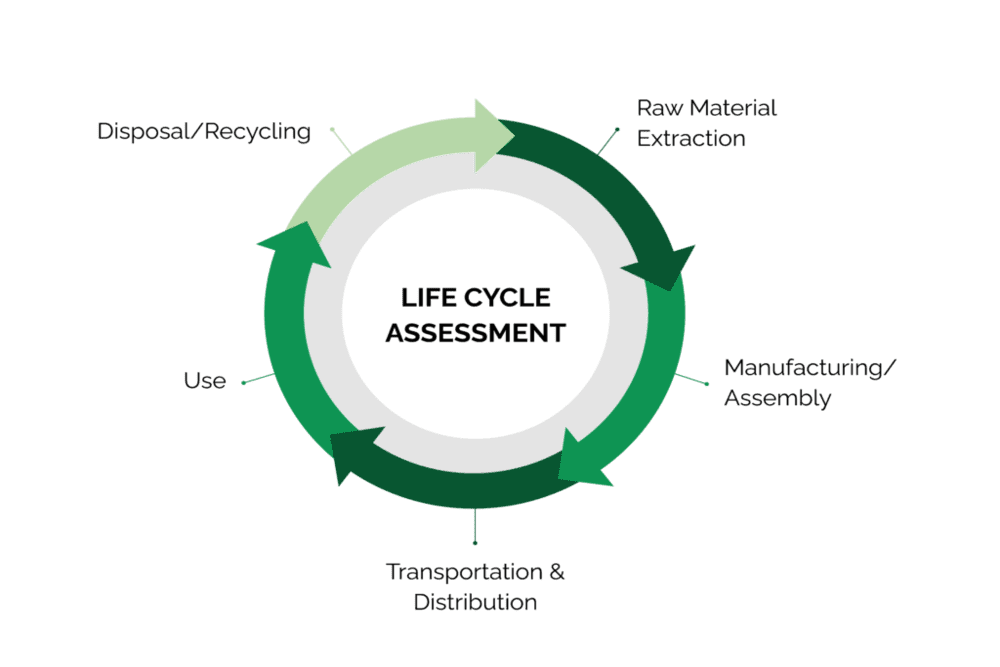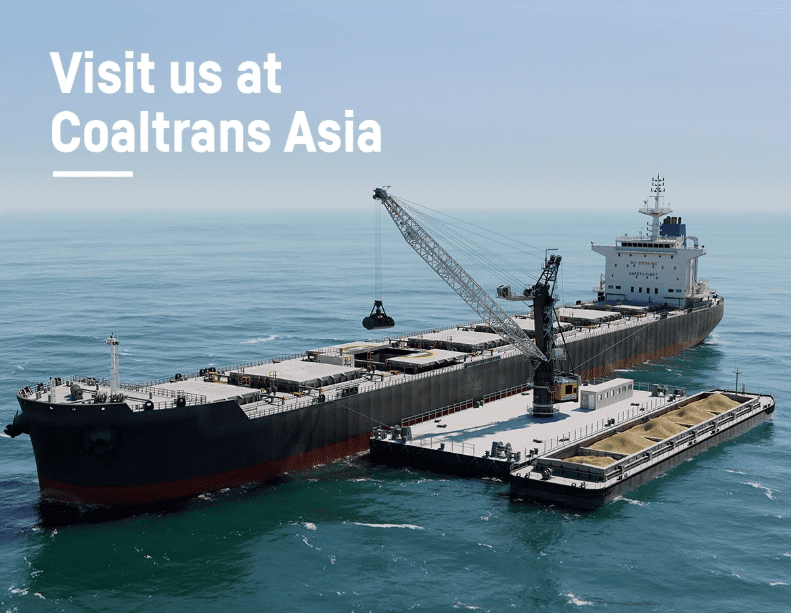In the oil and gas industry, the drilling process is a very important stage. However, after reaching a certain depth, an important component is called casing drilling. That’s why, design casing drilling needs to be carefully considered.
The reason is the component function casing for drill pipes and other components is very important, especially for drilling on OCTG pipes (Oil Country Tubular Goods). So, find out the complete discussion below.
Definition and FunctionCasing OCTG Pipe Drilling
OCTG pipe orOil Country Tubular Goods, is a special type of pipe used in the oil and gas industry. This pipe has a very important role in drilling and production operations for petroleum, natural gas and geothermal.
Pipe OCTG generally consists of several types of pipe, including drill pipe (tubing), casing, and well pipe (production tubing). Each of these pipe types has a unique role in the oil and gas drilling cycle, especially casing.
Casing This refers to one type of OCTG pipe used in the well drilling stage. This pipe is large in diameter and is placed in a pre-drilled hole and cemented in place. The main function of the component casing are as follows:
1. Maintain the stability of the drill hole
Designcasing Proper drilling plays a crucial role in maintaining the stability of the drill hole during the drilling process. This is because drill holes placed below the earth’s surface can experience various external pressures and forces.
Without it casing, then the borehole walls can collapse or become unstable due to hydrostatic pressure from the surrounding soil and rocks. So,casing functions like a strong spine to provide the structural support necessary to keep the borehole walls upright, non-collapsing, and safe for workers.
2. Prevent sand water contamination
In the soil, there are various different layers, some of which can contain sand water. One of the important functions of design casing Drilling is to prevent sand water contamination from interfering with oil and gas production formations.
This is because sand water entering the production formation can damage the integrity of the well and affect the quality of oil and gas production. In short,casing acts as a physical barrier that isolates these sand water zones and prevents them from interfering with the natural resources being extracted.
3. Isolate Water from Production Formations
Apart from preventing sand water from interfering with production formations,casing also serves to isolate water from the production zone itself. Because sometimes, oil and gas production formations are located between layers of underground water.
So, design casing Proper drilling will form an effective barrier to prevent water from entering the production zone. By isolating the water, it allows the production of purer oil and gas, reduces the risk of pollution, andprevent operational complications.
4. Controlling Well Pressure
Well pressure control is one of the most important functions of the drilling casing. Moreover, during various stages of drilling, production and maintenance of a wellbore, the pressure in the well can vary.
For that, it is needed to help control this pressure in various ways. For example, pipe typecasting can act as a pressure barrier that can prevent excessive pressure build-up that endangers the safety of operations.
Besides that,casing It can also be used to control the flow of liquids, such as drilling mud or production fluids, so that operations can run according to plan and safely.
How Drilling Casing Works
Drilling casing is an important component in the process of drilling oil or natural gas wells. How it works is actually quite easy to understand. The drilling team only needs to install the casing into the drill hole that has been made previously. However, before installation, it is necessary to prepare and select a casing design that is appropriate to the well conditions. This includes determining the proper diameter and other specifications based on the well design and operating environment.
1. Casing Preparation and Design
Each casing pipe is usually about 40 feet long and is connected one at a time to form a longer casing string. Each end has a male thread type pipe fitting which is protected by a cover, and is connected using a sleeve or coupler of slightly larger diameter and has female threads. Then, seals are used at both ends to ensure the tightness of the installation.
2. Casing Installation
This installation process is carried out from the rig floor and is connected one pipe at a time using casing elevators. Then, the pipe is inserted into the previous casing series that has been inserted. Meanwhile, on the drilling floor, tightening is carried out using casing tongs. If the weight of the casing string successfully moves to the casing hangers located at the top of the well, this means that the installation process is considered successful. Hangers themselves are components for hanging casings in drilled wells.
3. Cementing
If the casing has been successfully installed, the final step is cementing. To do this, the cement mixture is injected into the well and allowed to harden to make the casing remain in position permanently. Once the cement has hardened, you can continue drilling deeper down. By breaking this paragraph down, it will be easier for readers to understand each step in how drilling casing works.
.
Installation Requirements for Drilling Casing Design Series
In installation planning casing drilling, a number of strict requirements must be met to ensure the success of drilling and production operations. So, series casing designs or plans must meet several key requirements, including:
1. Resistant to Collapse Loads
Collapse strength is the ability to withstand external fluid pressure that can cause casing experience crushed or collapse. For that, it is needed casing with strong materials, the right size and wall thickness, and in accordance with the geological formation conditions around the well.
2. Resistant to Burst Loads
Burst strength is the ability to withstand pressure from inside the well which can cause casing broken. So, designcasingIt must take into account the hydrostatic pressure of the drilling mud, because this is one of the factors that provides internal pressure.
3. Resistant to Tension Loads
Finally, tension strength is the ability to withstand the pull load produced by the weight casing and drilling equipment in the well. Therefore, it is important to create a design casing heavy drilling circuit casing not to exceed the minimum strength, so that deformation does not occur in the joint.
The Importance of OCTG Pipe Inspection for Drilling Casing
Along with the importance of design casing Appropriate inspection measures also have a crucial role in maintaining the sustainability of oil and gas drilling and production operations. Regular and careful inspections are necessary to ensure that all equipment meets the required standards and is safe to use.
With regular inspections, this can help spot potential problems before expensive equipment damage or even worker injury occurs. Inspection also prevents leaks due to damage to the OCTG and its negative impact on the environment.
When conducting an inspection, it is common to check for anything that does not meet specifications or that might indicate a potential problem. This includes cracks in threads, broken box connections, or other damage to the pipe.
As a company that supports the petroleum, natural gas and geothermal mining business sectors, Sucofindo provide mineral mining and infrastructure consultancy, including drilling support services. To confirm the design casing your drilling is safe and according to standards, contact us!








